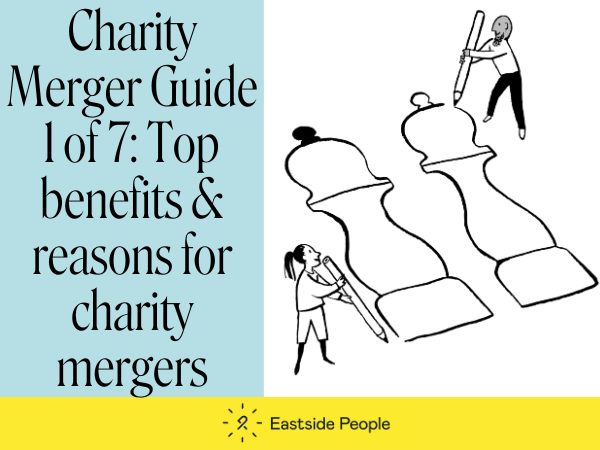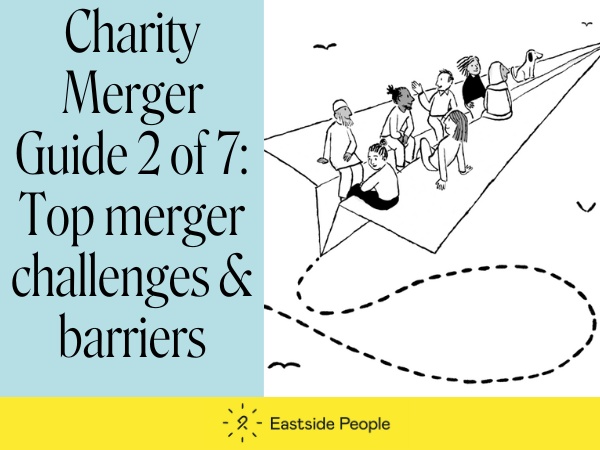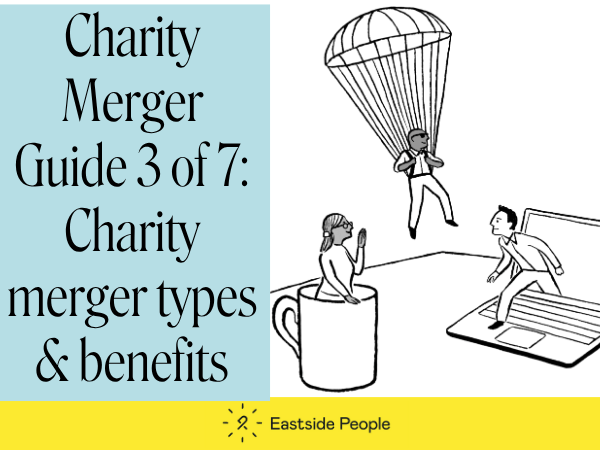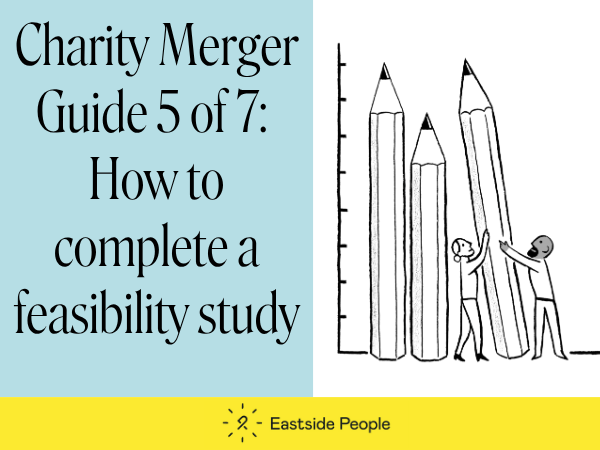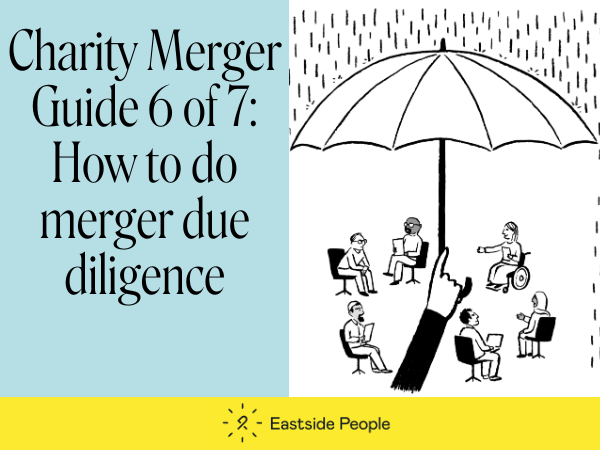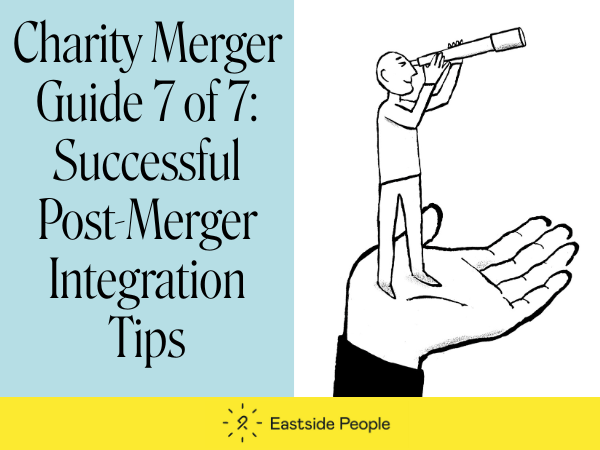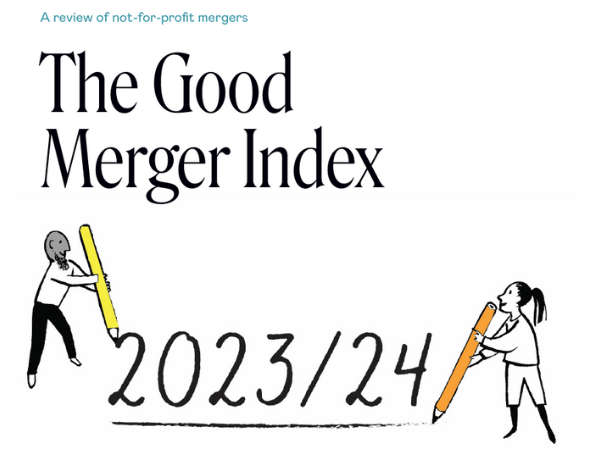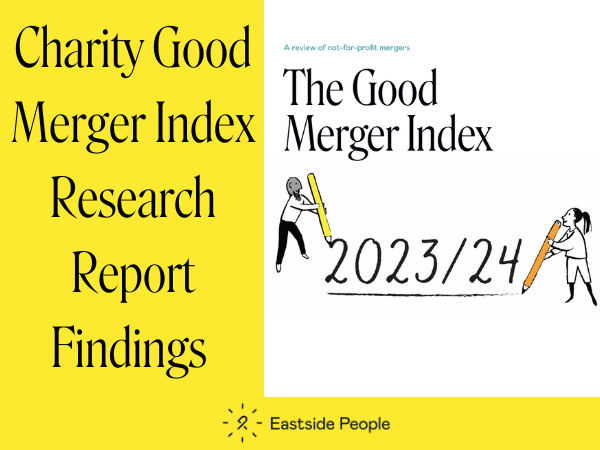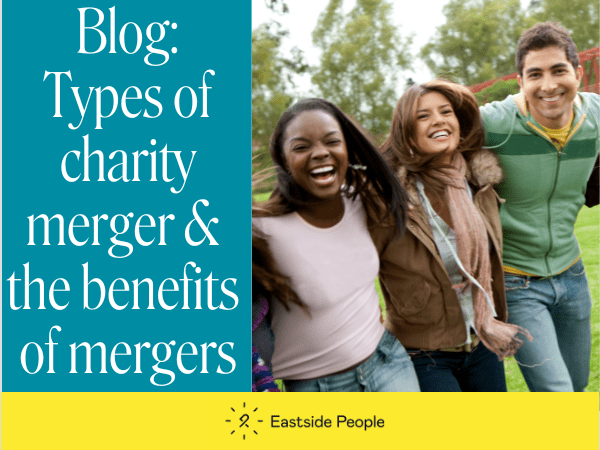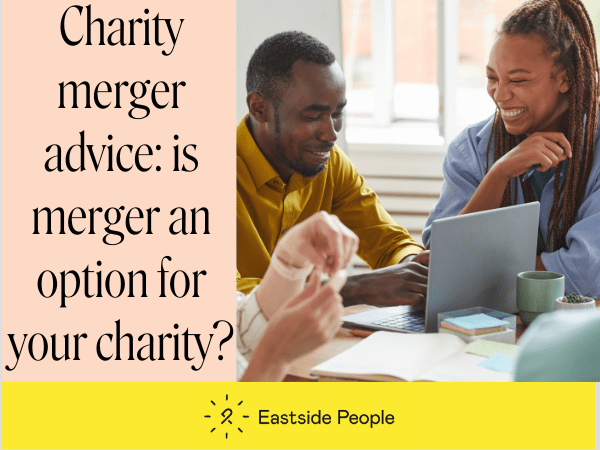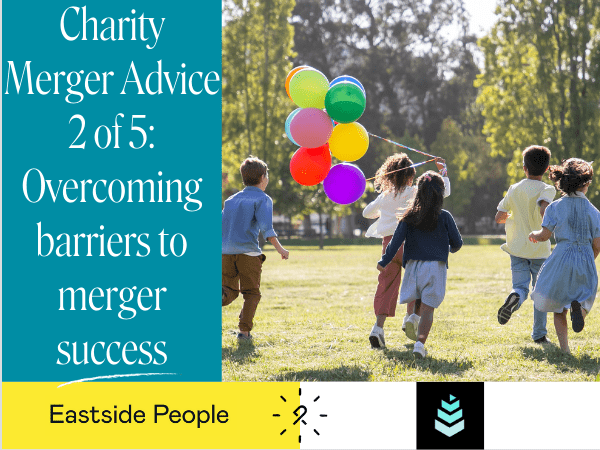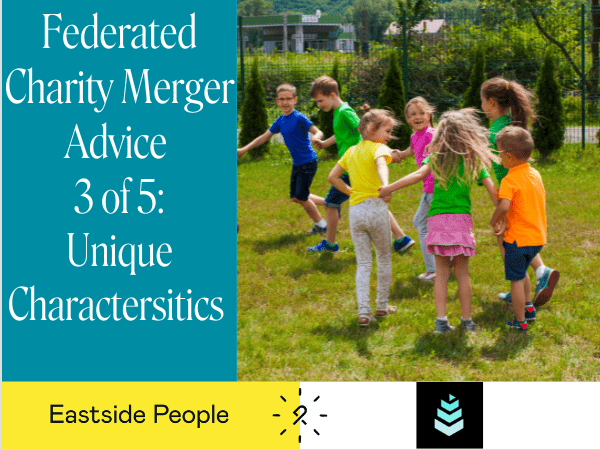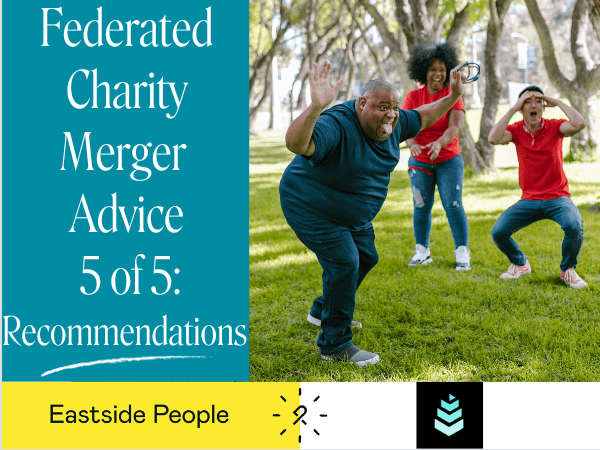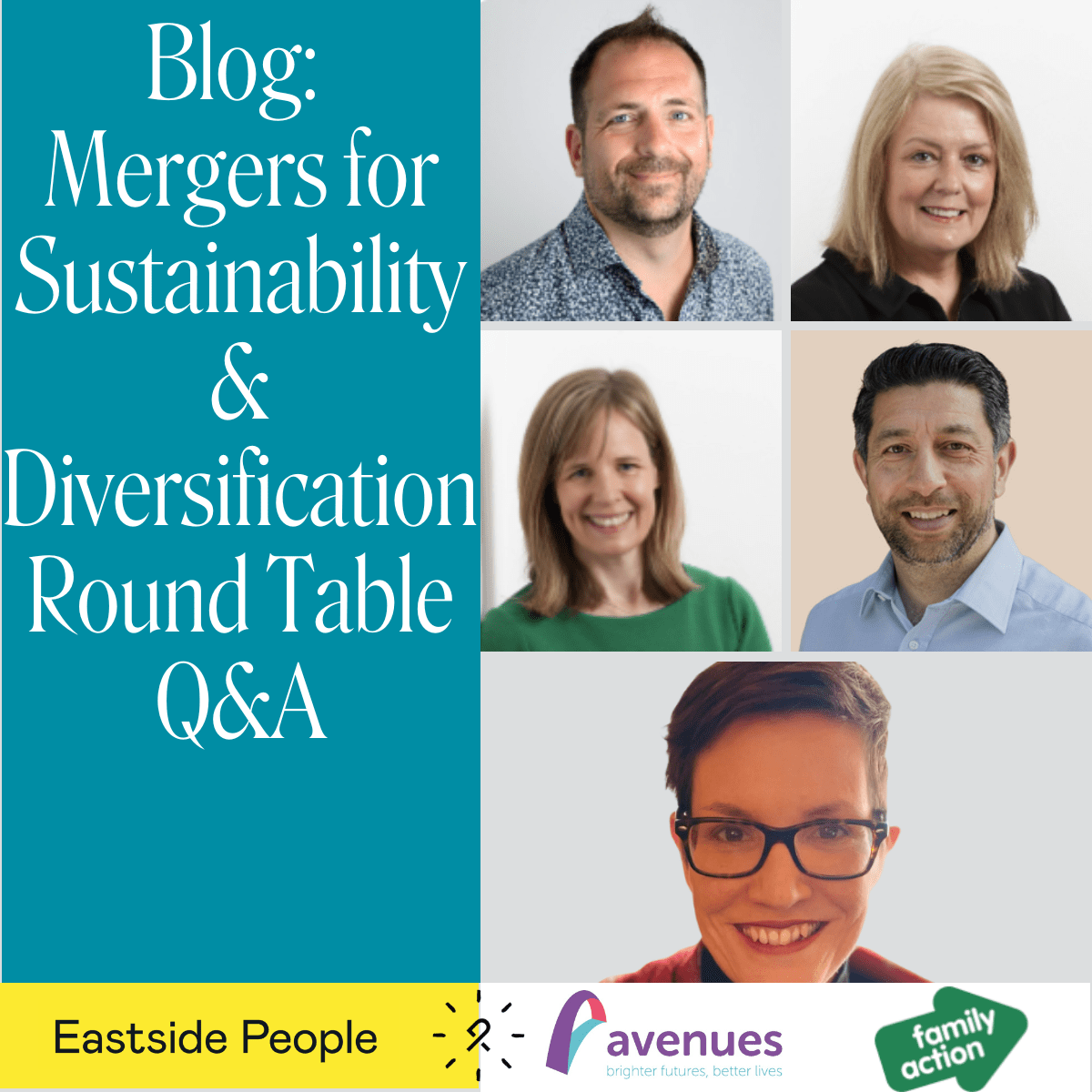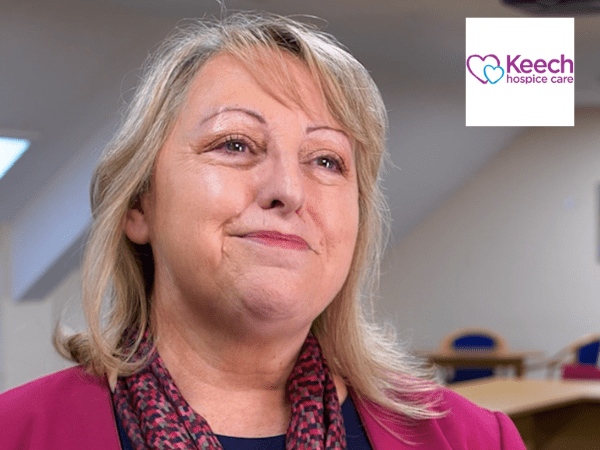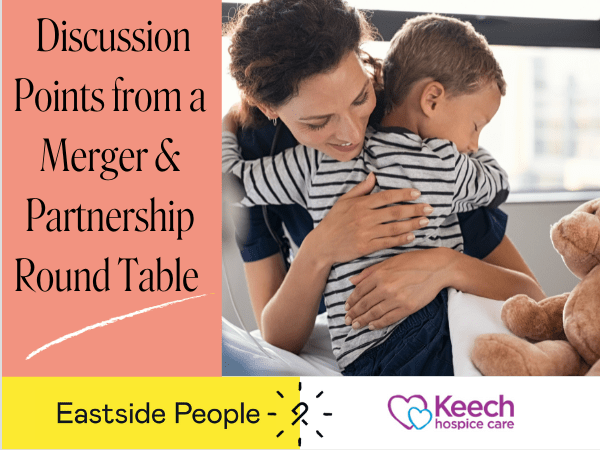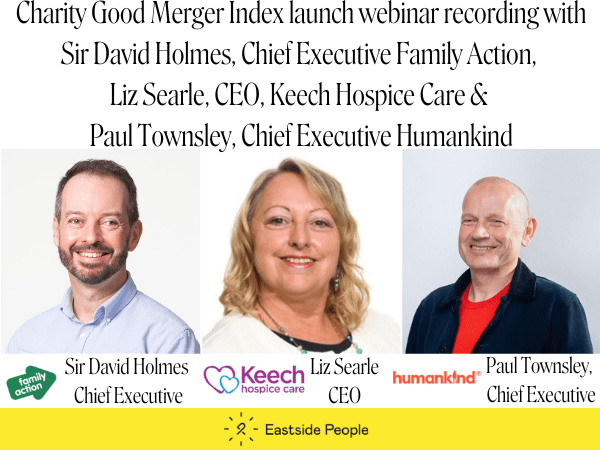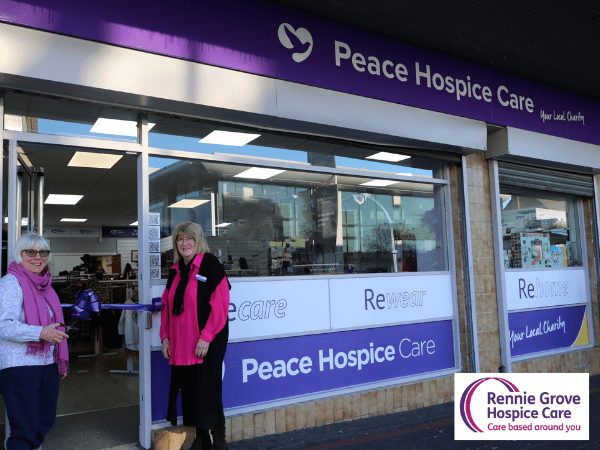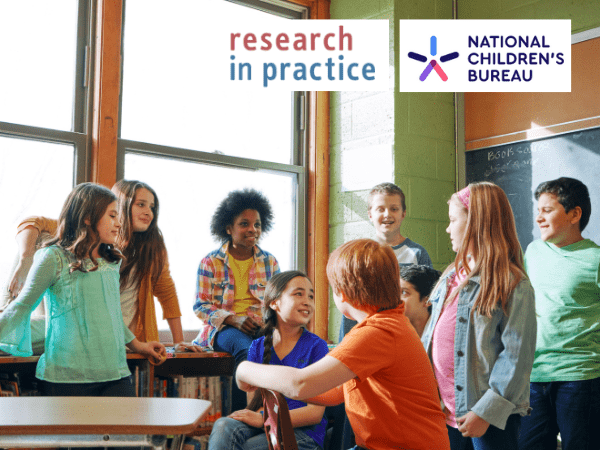Successful mergers can have a transformative effect changing the scale, reach and prospects of an organisation and creating a better deal for the people that rely on a charity’s services. At Eastside People, we have been supporting charities and other not-for-profit organisations through partnerships and mergers for over a decade. In that time, we have witnessed organisations embark on partnerships and mergers for a myriad of reasons.
The Good Merger Guide was created by Eastside People to:
- Highlight the main questions to consider before embarking on a merger
- Provide step by step advice on the three stages of managing a merger.
We have taken some of the best advice and guidance from the Good Merger Guide focusing particularly on the practical and technical aspects of mergers. The 7 articles that make up the set are a must read for anyone in a charitable organisation considering merger as a possible option and wanting to know more about what is involved. This is article 4 of 7.
A 7 step process to help you identify suitable charity merger partners
At Eastside People, we are experts in bringing suitable merger partners together. We have conducted more than eighty partner searches in the last decade for charities considering merger from across the full spectrum of the charity and social enterprise sector.
The 7 steps below outline a proactive approach to merger searches – one that we know works.
1. Start with Your Goals and Benefits
In our 1st article of this series, covering the benefits of charity mergers, we looked at the top 7 reasons that charities pursue merger.
Before searching for partners, clarify why you want to merge – what are the benefits you hope to achieve?
This first step is inward looking – putting ideas for partners aside, are you clear on your organisation’s core strategic goals, values and long-term vision?
This will really help focus your understanding of what you are looking for in a partner and enable you to develop evidence-based criteria to use as an assessment tool for your search.
2. Determine Your Search Criteria
Before you begin your search, ensure you are not only clear on why you’re considering merger, but also on what exactly you are looking for.
What benefits are you hoping to achieve through merger? What are your concerns?
Thinking about a partner, what are your search criteria? Are you looking for an organisation with similar values and culture? A specific geography, expertise or beneficiary group? What about their governance structures, assets and reputation?
Once you’ve identified your criteria, which elements have most weight for you? Which have least? And very importantly, what are your red lines?
3. Identify Potential Partners
Once you’re clear on why you are pursuing a charity merger, and you know what you are looking for in a partner, the next step is to conduct a search for possible partners.
Often, organisations merge with those already in their networks. So consider whether there are any organisations in your networks that might be suitable. In particular, consider those you have previously collaborated with – as you already know them, you will have some knowledge of their ways of working, culture and compatibility and this can be of real benefit.
At the same time, we strongly recommend that you take a strategic approach to the search process. Before you approach any of your contacts, even for an informal conversation, we recommend that you conduct a comprehensive search, drawing on your own networks and databases – and potentially those of a consultant. At Eastside People, we have a database of organisations who are open to considering partnerships and merger.
Whether or not you seek support from a third party to conduct your search, our key message here is that you conduct a strategic, pro-active search. In our experience, it is well worth pursuing initial conversations with more than one organisation in the first instance.
4. Evaluate Compatibility
Consider the senior management team, board members, and cultures of the organisations you have identified. Could you work well together? Are you compatible? If you are, you are more likely to avoid conflict, experience smooth integration and, ultimately achieve a successful partnership.
In our experience, we’ve also learnt that readiness is a key component to suitability. Often, organisations do not include this in their search criteria – but an organisation that is a perfect fit will not be compatible if it is not ready to consider a merger.
We recommend that you scope out a prospective partner’s readiness as early as possible in the search process.
5. Conduct High-level Due Diligence
Some initial due diligence will help you to assess which partners are likely to be most suitable. We recommend focusing on:
- Financial Health: Review financial statements and sustainability
- Operational Fit: Evaluate operational processes and structures
- Readiness: Readiness to enter partnership discussions.
6. Engage Stakeholders
Involve your board, key funders, and other stakeholders early in the process. In this way, you can gain their support and benefit from their insights. Above all, it is important to engage your Board early. With their buy-in and active engagement from the outset, the chance of success will be much higher.
7. Face to Face Meeting
There is no substitute for meeting face to face. Whether you already have a relationship with the other organisation, or you use an intermediary to have an initial conversation on your behalf, we recommend meeting. This will give you a first chance to sound each other out, and it will give you a clear idea as to whether it is worth pursuing the partnership.
Next Steps:
We feel that the sooner you start thinking about merger and partnership the greater the chance of success.
We are here to help you wherever you are in the merger journey. Contact us for a free, completely confidential 30-minute advice session with one of our merger experts to discuss how to take the next steps.
Find out more about our charity and not-for-profit merger and partnership consultancy services.
While the Good Merger Guide is available for download, as this was originally created in 2014 it contains older case studies and references. Please refer to the latest Good Merger Index and our website merger topics section for our latest case studies, blogs, insights and other merger-related content.
Read the other articles in this charity merger series.



